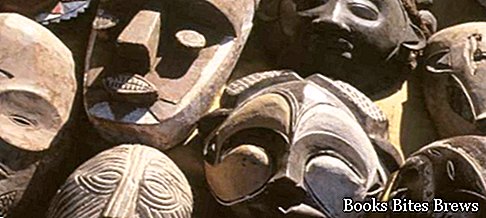Much complex due to the variety of events, African art is conventionally divided into three groups.
The 3 groups of African art
The first group includes the evidence of prehistoric art of northern Africa, found on the reliefs of the Atlas, Tassili and in various mountainous areas of the Sahara desert, and of southern Africa, including hundreds of polychrome representations, engraved or painted on rock , of animal subject and marked by a marked realism.
The second group is that of archaeological cultures, which flourished before relations with Europe were established.
Among the best expressions are the grandiose Rhodesian ruins of Zimbabwe, dating back to the VIII-XV century, and the plastic art developed from the XI to the XVII century in the area between the Gulf of Guinea and southern Sahara, particularly in the centers of Ife and Benin, with human or animal figurines in stone and terracotta, small bronzes, ivories, where realism and schematization blend admirably.
Contemporary artistic events, aimed at the continuation or recovery of native expressions, constitute the third group.
Three stylistic areas of production can be distinguished, namely the central-western region, the region of the Gulf of Guinea and the area of the Bantu cultures, which includes the populations of Congo, Angola, Cameroon and Tanganyika, whose production is inspired by a idealized realism which is the most exemplary manifestation of the African spirit.
Preferred material in contemporary production is wood, but there is no shortage of bronze and ivory, with which the large masks and small statues are worked, generally connected to magical rites and the cult of the dead, works considered as the most typical manifestation of art Black.




